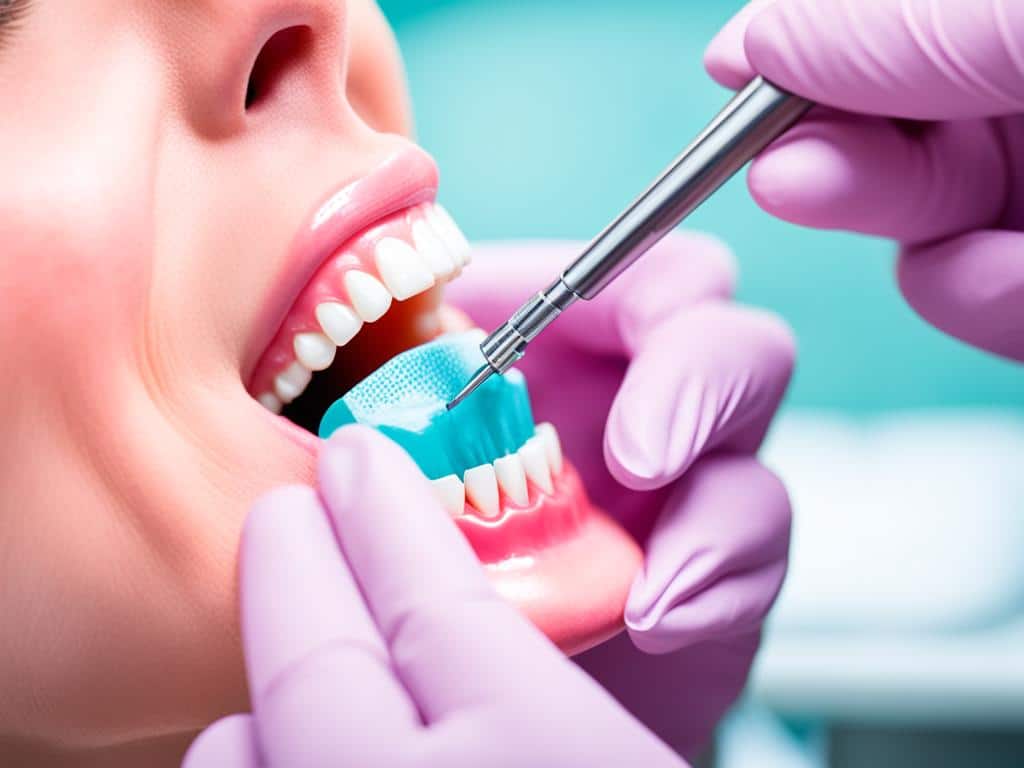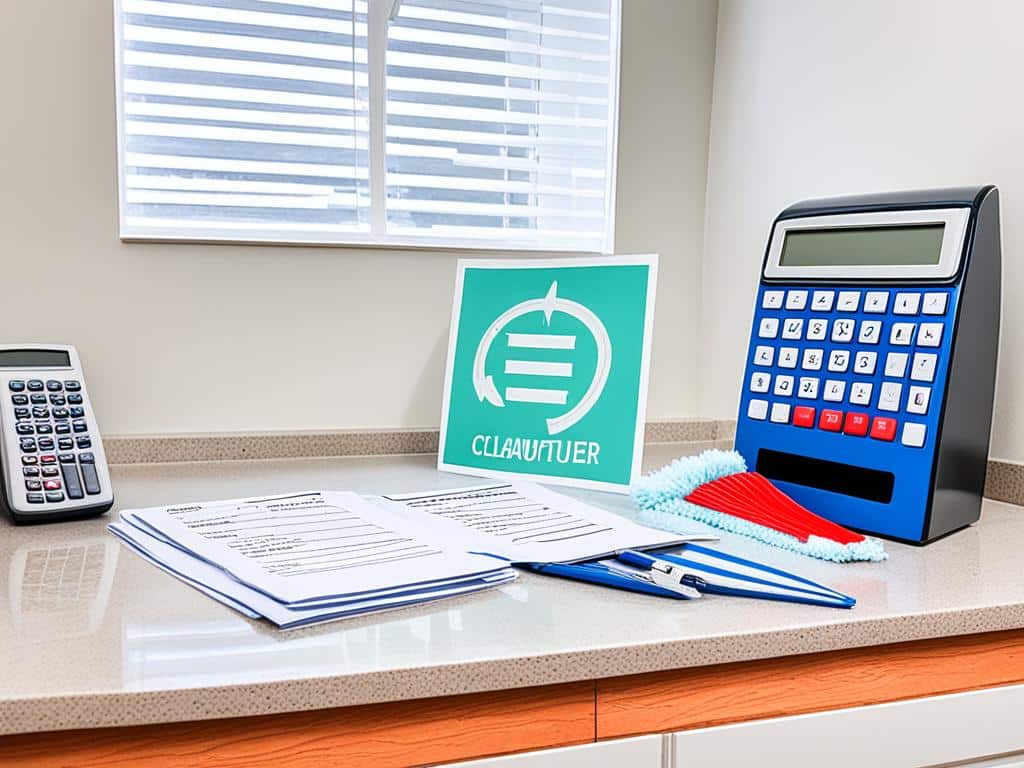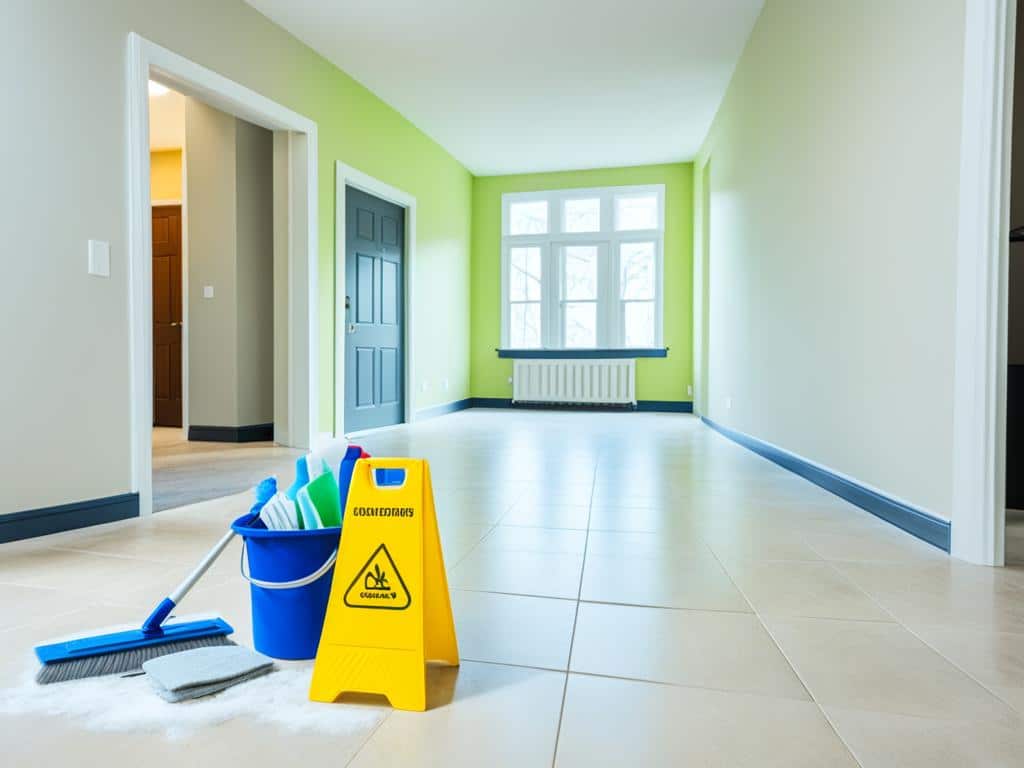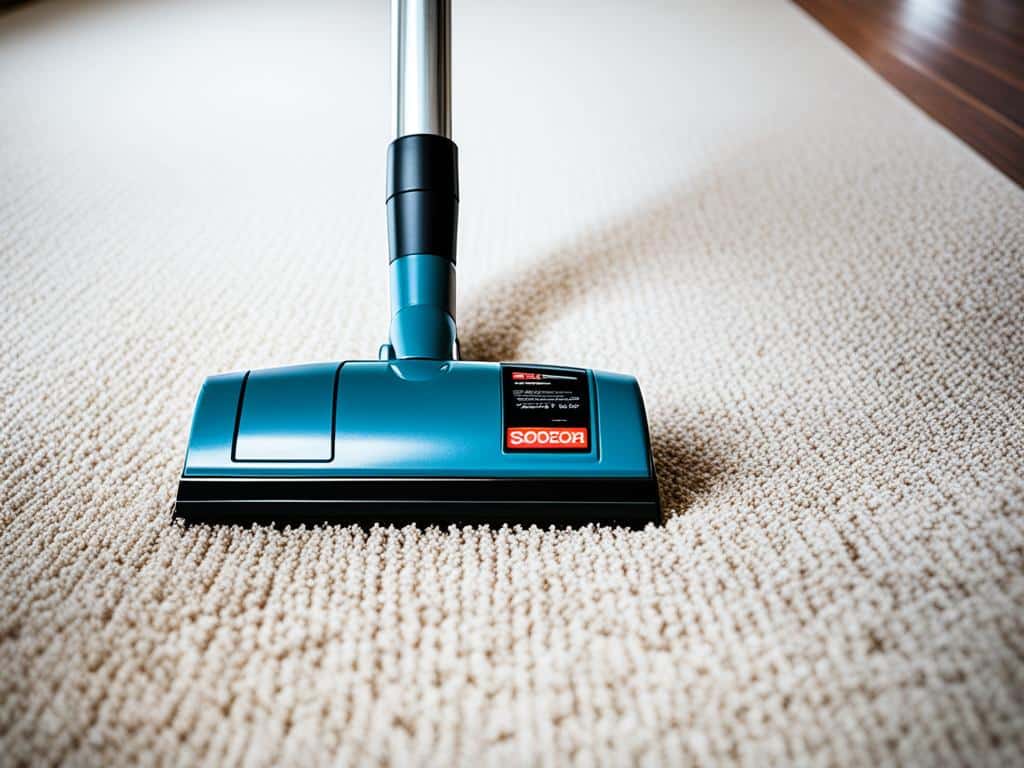
Ever wondered if all those deep cleaning sessions at the dentist are truly essential, or are they just another dental upsell? Dental deep cleaning, also known as scaling and root planing, is more than about getting a shinier smile. For those with periodontal disease, this procedure is essential.
If plaque and tartar build-up lead to gum inflammation, your dentist may suggest a deep cleaning. Without proper periodontal maintenance, such inflammation can progress to periodontitis, a severe form of gum disease. The American Dental Association (ADA) stresses maintaining your periodontal health as a key component of overall well-being.
What Is A Dental Deep Cleaning?
Dental deep cleaning, often referred to as scaling and root planing, is a specialized non-surgical periodontal treatment. This procedure is essential for maintaining optimal dental health, especially if you exhibit signs of gum disease.
How It’s Performed
Deep cleaning consists of two primary steps: scaling and root planing. During scaling, a dental hygienist removes plaque and tartar both above and below the gum line. This helps eliminate bacteria that irritate your gums, leading to inflammation and periodontal problems.
Root planing, on the other hand, involves smoothing out the tooth roots. This step assists your gums in reattaching to your teeth, promoting better oral health and stability for your teeth.
Tools and Techniques Used
Dentists or hygienists perform these deep cleanings using advanced tools and methods. The instruments range from manual scaling tools to ultrasonic devices that break up plaque and tartar effectively. Some procedures might also use local anesthetics to ensure you’re comfortable throughout the treatment.
Choosing the right technique depends on the severity of the gum disease and your specific needs. Consulting with your dental professional can help determine the best approach for your non-surgical periodontal treatment. Regular maintenance and professional advice are crucial to achieve the best outcomes from periodontal therapy.
Signs You Might Need A Deep Cleaning
Gum disease can sneak up on you, but there are some clear periodontal disease indicators to watch out for.
Gum Disease Symptoms
Bleeding gums, persistent bad breath, and loose teeth are all oral health red flags. Pay attention to these symptoms, as they usually point to gum disease. Ignoring these signs might lead to more severe dental issues.
Excessive Plaque and Tartar
Visible tartar buildup is a major warning that regular brushing isn’t cutting it. Plaque and tartar are not just unsightly; they harbor bacteria that can cause gum inflammation. Addressing these issues early is vital to prevent advanced periodontal disease and potential tooth loss.
Benefits of Dental Deep Cleaning
Exploring the advantages of dental deep cleaning reveals significant improvements in oral health. This procedure is essential for maintaining teeth and gum care.
Prevention of Further Gum Issues
Deep cleaning halts the progression of existing gum disease, a crucial factor in periodontal disease prevention. By removing plaque and tartar build-up, it reduces the risk of severe periodontal problems. This ensures your gums stay healthy, preventing further complications and the need for extensive treatments.
Better Overall Oral Hygiene
One of the most notable oral health benefits of deep cleaning is improved hygiene. This procedure makes it easier to maintain a cleaner mouth daily. A study in the Journal of American Dental Association (JADA) reported a significant decrease in periodontal pockets post-deep cleaning, leading to healthier gums in the long-term. This establishes a foundation for better oral hygiene and teeth and gum care.
Risks and Downsides to Consider
While dental deep cleanings can greatly benefit your oral health, being aware of potential treatment complications is crucial. You might experience temporary tooth sensitivity or sore gums after the procedure. These are common side effects and usually subside within a few days.
In rare instances, dental deep cleaning risks go beyond temporary discomfort. The procedure could introduce bacteria into the bloodstream. People with certain heart conditions need to take antibiotics beforehand to prevent complications. This precaution is highly recommended by the ADA.
It is essential to discuss your specific health needs with your dentist before proceeding. This ensures that any potential treatment complications are addressed in advance. Your dental provider can offer personalized advice to mitigate risks and ensure the best possible outcome.
Is A Dental Deep Cresaning Ever Really Necessary
Deciding on a dental deep cleaning hinges on your unique oral health. If your dentist identifies significant plaque build-up or gum disease, they might recommend it. This procedure can be essential for addressing these issues effectively. That’s why it’s crucial to consider the dental procedure necessity before committing to it.
However, not everyone with plaque needs a deep cleaning. Regular cleanings may suffice for many. The American Dental Association (ADA) suggests evaluating oral health treatments carefully. If you’re unsure about the recommendation, seek a second opinion. Ensuring their advice aligns with standard industry practices for treating periodontal disease can provide the clarity you need. Remember, every mouth is different, so personal evaluation is key to optimal dental care.
How To Maintain Oral Health Post-Deep Cleaning
Keeping your mouth healthy post-procedure is essential. Your dentist will guide you on how to continue good oral hygiene practices.
Maintaining oral health ensures the benefits from your deep cleaning last as long as possible.
Regular Brushing and Flossing
After a deep cleaning, consistent brushing and flossing are key. Aim to brush twice a day, using fluoride toothpaste to prevent cavities.
Flossing helps remove plaque and food particles between teeth that brushing alone can’t reach.

Routine Check-Ups
Routine check-ups are part of essential follow-up dental treatment. Your dentist might suggest visits every six months.
These allow for monitoring and maintaining the improvements made during your deep cleaning.
Ongoing post-procedure dental care ensures any emerging issues are caught early.
Let’s look at some key components of maintaining oral health after a deep cleaning:
| Post-Procedure Dental Care | Action Steps |
|---|---|
| Brushing | Twice daily with fluoride toothpaste |
| Flossing | Daily, especially between teeth |
| Mouthwash | Antiseptic rinse to reduce bacteria |
| Check-Ups | Every six months for professional cleaning and assessment |
By following these guidelines, you’ll be well on your way to maintaining oral health effectively.
Don’t underestimate the power of regular follow-up dental treatment.
Consistent care will preserve the progress your deep cleaning achieved.
Conclusion
A dental deep cleaning can play a vital role in managing periodontal disease and maintaining oral health. It’s essential to know when this procedure is necessary, the benefits it offers, and the potential risks involved. By understanding these factors, you can make informed dental health decisions that best suit your needs.
Integration of regular dental visits and proper at-home cleaning techniques is key to keeping your smile vibrant and healthy. Stick to brushing and flossing daily, and don’t skip those bi-annual check-ups. Implementing good hygiene practices can significantly reduce your risk of gum disease and other dental issues.
Ultimately, staying proactive about your dental care is critical. Professional advice tailored to your situation ensures you’re taking the right steps to maintain oral health. Remember, prevention is always better than cure, especially when it comes to your teeth. Stay informed and take charge of your dental wellbeing.



